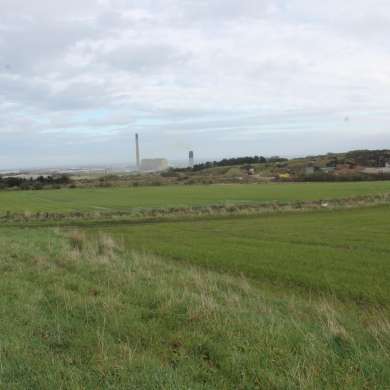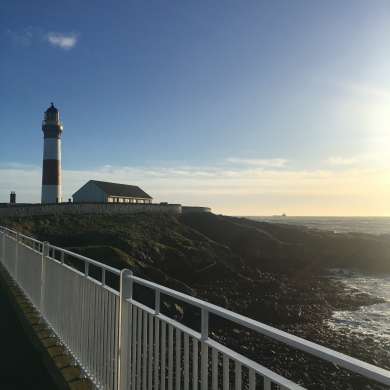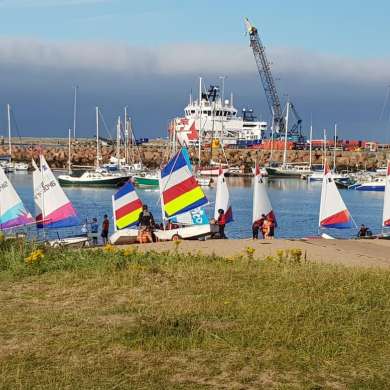Scottish Government Ministers, via Marine Scotland, have now granted the Marine Licences applied for by NorthConnect last year for the marine cables. This is the final important piece of the consenting jigsaw for the UK element of the Interconnector project, following Aberdeenshire Council's approval of the onshore cables in January this year and the electricity converter station in 2015.
Martin Reinholdsson, CEO of NorthConnect, said: “We are extremely pleased to have reached this important milestone in the project. I hope we can conclude on more achievements like this during the year and in 2020 begin building what will prove to be a very important link for the economies of both Scotland and Norway, and also for Britain and the whole Nordic region.”
The 665km long 1.4GW power cable connection will enable power to be transmitted both ways between Great Britain and Scandinavia. The link promises to benefit the Scottish consumer by helping keep prices down as well as enabling renewable electricity generation in Scotland (wind) and Norway (hydro) to be maximised. It will help support the flexible, smart energy system the Scottish Government is striving for, contributing towards security of supply and facilitating even greater deployment of cost-effective low-carbon renewable energy solutions.
Richard Blanchfield, the NorthConnect Head of Development in Scotland, said: “I am delighted that the NorthConnect Project has successfully completed all of the required UK construction permitting processes on its journey to becoming a reality. The interconnector will be able to monitor and respond instantaneously to meet the demands of either energy market and grid stability requirements. Crucially, it will be able to be called upon by National Grid in the event of a ‘black start’ situation, ensuring our lights stay on. NorthConnect is looking towards operation in 2023/24 and has already begun the process of finding suitable contractors to deliver this strategically important energy project”.
The HVDC cables, which will connect to the approved converter station at Stirling Hill, Boddam via underground onshore cables will be buried on the seabed of the North Sea and connect to a similar converter station at Simadalen in Norway. The Marine License now completes the UK construction permitting process and will allow building to commence on schedule.
The application was supported by an Environmental Impact Assessment Report covering all aspects related to the installation and operation of the cable, which followed extensive sub-sea survey work and consultation with marine users. As with onshore planning consents, the Marine Licence carries with it a detailed set of conditions relating to the cable installation and operation in order to ensure the safety of the marine environment and all marine users.
All of the relevant licence documents can be found in the downloads section under 2018 HVDC Cable Planning Application and Marine Licence Documents.


